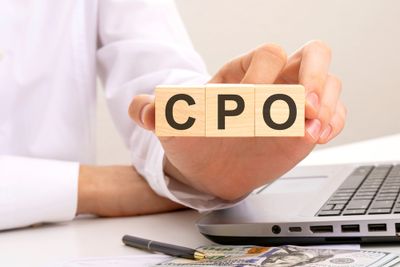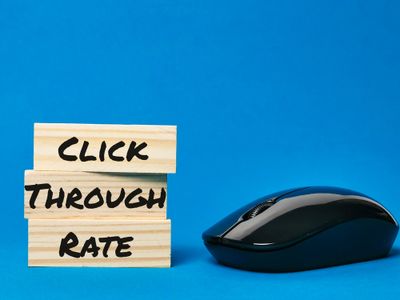Profit Analytics Blog
Read expert articles with insights about e-commerce profitability from analyzing thousands of e-commerce businesses' data.
Business metrics
The 4 Main E-commerce Business Models for Building a Successful Online StoreRunning your own online business can be highly profitable, but it is not as simple as building a store and hoping for the best. You still need to have a set of business goals that will make your e-comAugust 7, 2023











